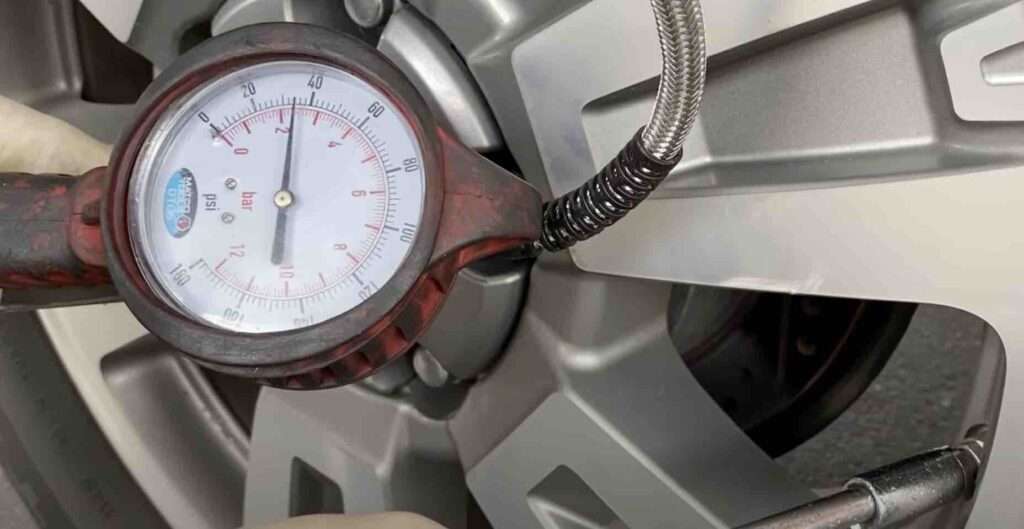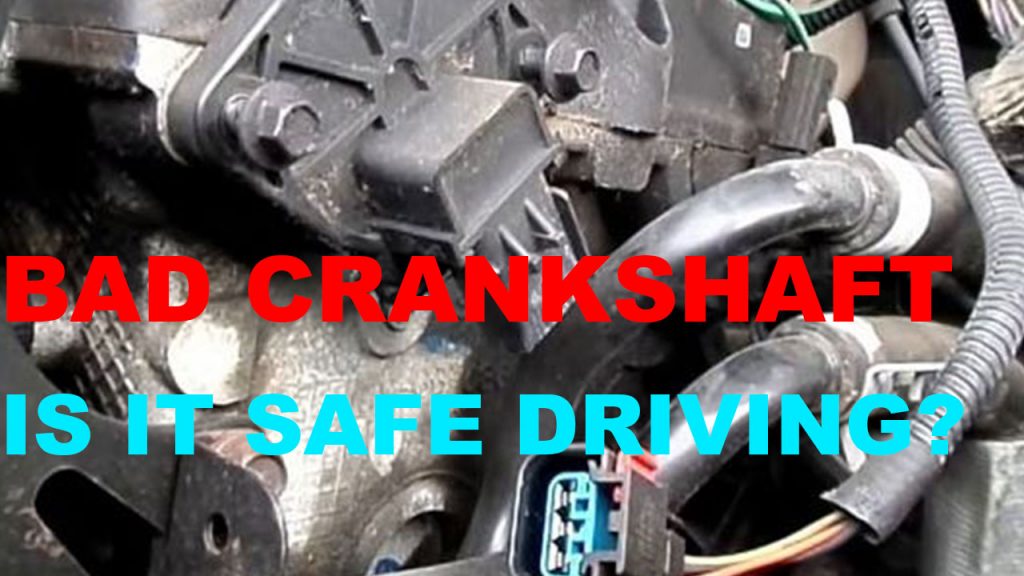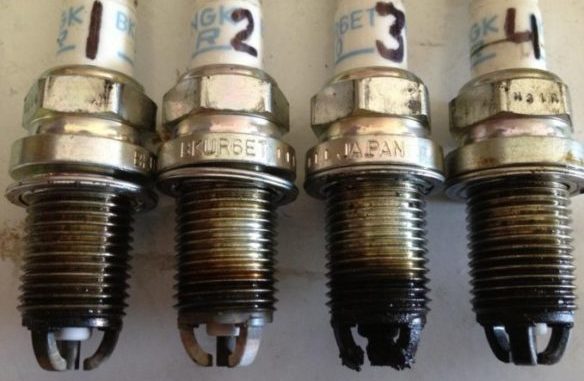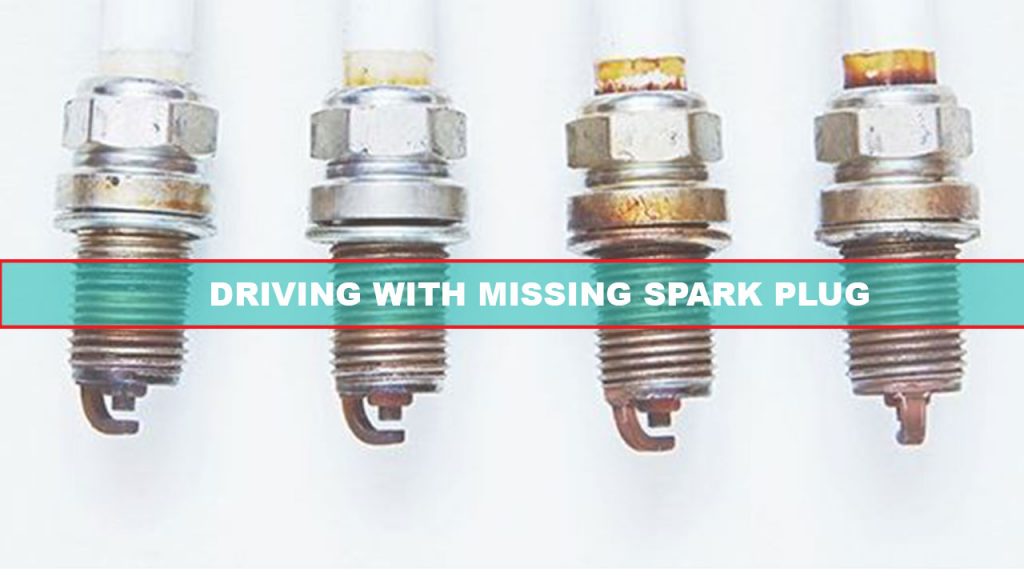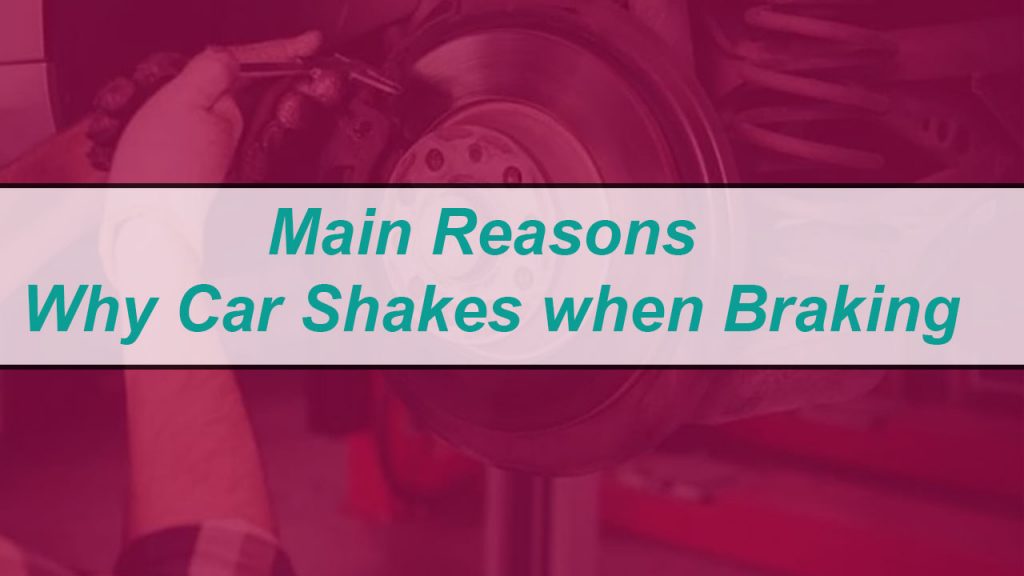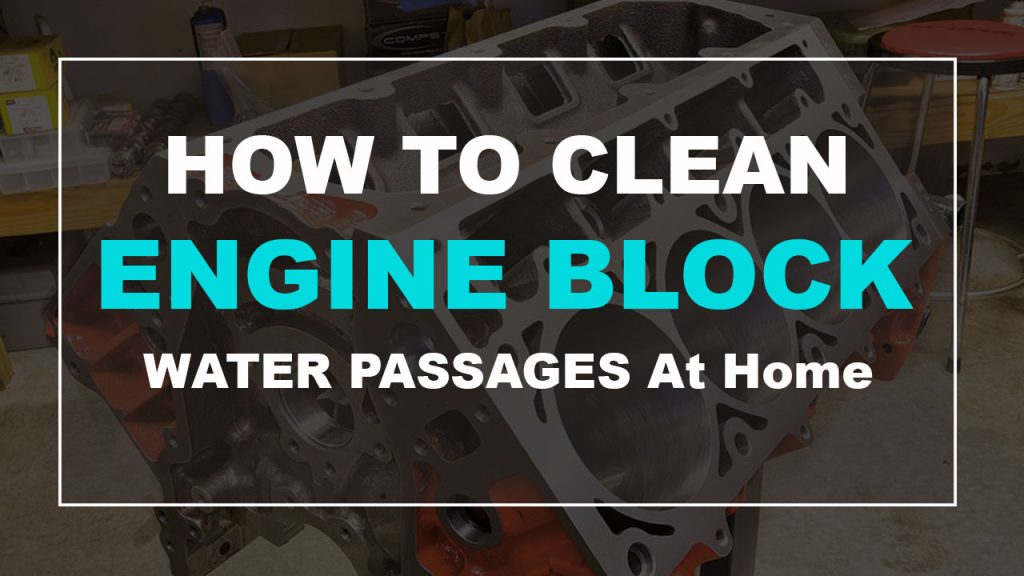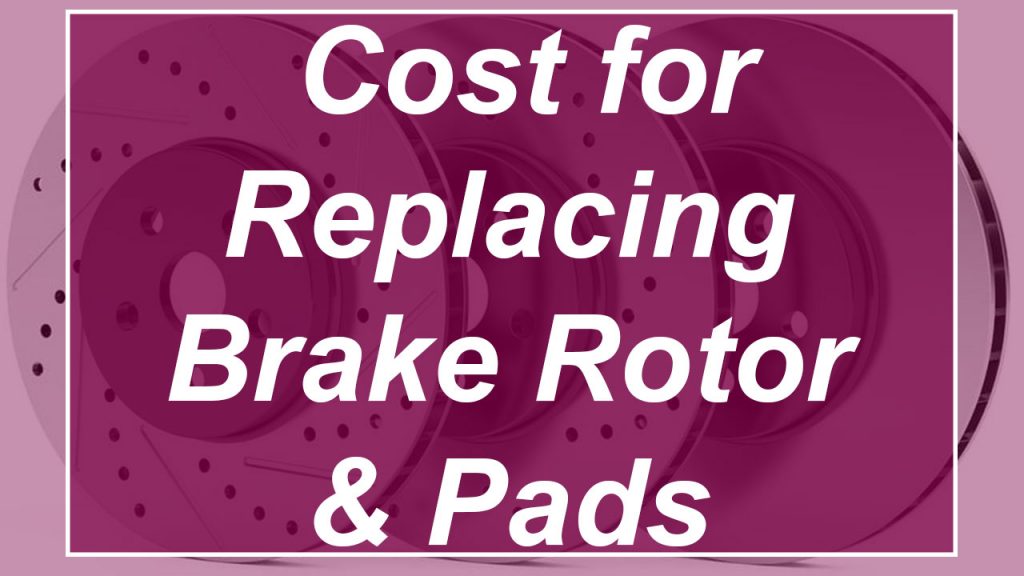Last updated on July 28th, 2023 at 07:37 am
Did you just notice that only one tire loses air in cold weather, and you wondering what could be the cause? Well, the post address that while discussing why do tires lose pressure in cold weather.
Imagine how frosty winter mornings often accompany you barely can get out of bed to go to work, and all of a sudden, you notice an unexpected pressure drop in one of your car’s tires which you sure know will affect your driving experience causing vibration, steering wheel issues or even consuming more fuel.
What can you do to resolve this, only one tire loses air in cold weather problems so you can get behind your wheel as quickly as possible. Well, we will find out soon, but first, let’s look at why do tires lose pressure in cold weather and why that might happen to only one tire.
Why do tires lose pressure in cold weather?
So why do tires lose pressure in cold weather? Well, the answer is simple, the tire’s pressure loss in cold weather happens because the density of air naturally is reduced in cold temperatures, which makes your car tire lose pressure faster than usual.
This happens due to the ways air behaves when heated or when it is cooled; this simply can be explained by gas law, which states that “the pressure of any given gas is directly proportional to temperature.”
The Science of Tires and Cold Weather
Applying this principle to the air in your car tires and the cold weather affects it, I will simply say that when the air in your tires gets cold, its molecules tend to move more slowly and don’t collide as frequently or hard against its inner walls which lead to reduced air pressure.
And on the flip side, when temperatures are normal or warm again, the air molecules will start moving faster again and will collide more frequently and with greater force against tire interior walls, increasing pressure and keeping the tire air pressure at optimal condition.
So, as temperatures decline during the winter months, tire pressure will naturally lower with them, and pressure warning lights often come on before dawn to indicate low tire pressure issues. Therefore, it’s advisable to periodically review and adjust tire pressure based on changing seasons or temperature variations for best performance.
Tire pressure changes and drops in the winter season.
The science behind this is straightforward – for every 10-degree drop in temperature, tires lose about 1% of their pressure. This drop is due to the natural behavior of gases getting compressed in lower temperatures.
So usually, for every 10-degree drop, your car tires can lose about 1 to 2 pounds of pressure. This loss can also lead to worse fuel economy and faster tire wear, as I mentioned earlier. that is where regularly checking and maintaining proper tire pressure readings becomes important for fuel efficiency, tire lifespan, and the safety of you and everyone out.
Effects of Low Temperatures on Air Pressure
Low air pressure impacts the tire’s contact patch – the part of the tire that comes in direct contact with the road. Reduced air pressure equates to a larger contact patch, leading to uneven wear and tear and potentially jeopardizing your safety. Now why is it that only one tire loses air in cold weather?
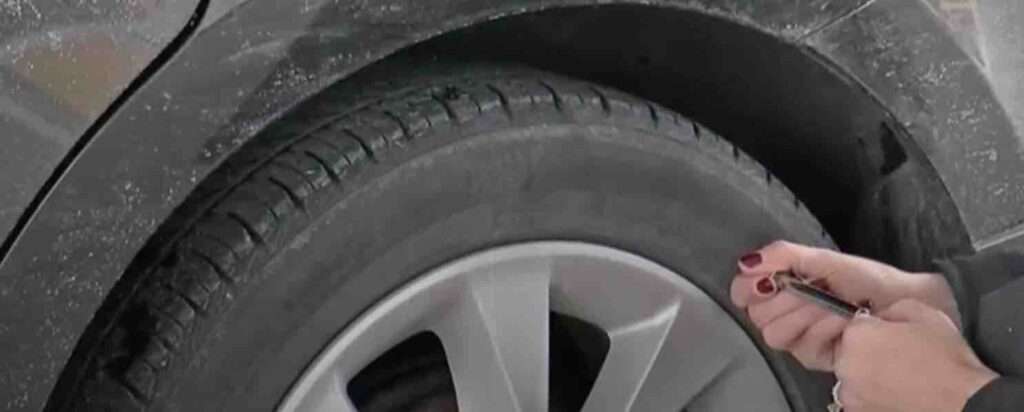
So why does only one tire loses air in cold weather?
So, why does one tire lose air in winter and not the rest of your tires? Well, that is a couple of reasons for this. And some of the common reasons are: one, it could be that the rest wheels might have little more exposure to sunlight or higher temperature resulting in slightly higher air pressure. And secondly, the issue could be due to or caused by a tiny puncture or minor damage or tear on the tire, which makes one of the tires lose more air than the rest.
Generally Causes for One Tire Losing Air
Let’s dissect the causes and ensure you can handle such situations.
Tire Damage:
More Common Than You Might Believe
Even the tiniest puncture, almost imperceptible to the naked eye, can lead to slow air loss. Over time, this loss becomes noticeable, especially in colder weather when pressure drops are more prevalent.
The Role of Valve Stem Leaks
Your tire’s valve stem is another potential culprit. A loose, damaged, or dirt-clogged valve can cause a slow leak, leading to lower pressure.
Alloy Wheel Issues:
Not Just for Looks
Alloy wheels are not just aesthetic upgrades; they can also be part of the problem. Corrosion or damage to the alloy can result in an inconsistent seal, causing a slow leak.
Bead Leaks:
When the Seal Breaks
The bead, where the tire meets the rim, can sometimes lose its seal, leading to a leak. This situation can be exacerbated by corroded rims or improperly seated tires.
Checking for a Punctured Tire
A simple way to check for punctures is the soapy water test. Spray some soapy water on the tire and look for bubbles forming – they’re a telltale sign of a slow leak.
Checking Tire Pressure in Cold Weather
Now that we’ve discussed the potential causes let’s look at how you can keep a check on your tire pressure, particularly in the winter.
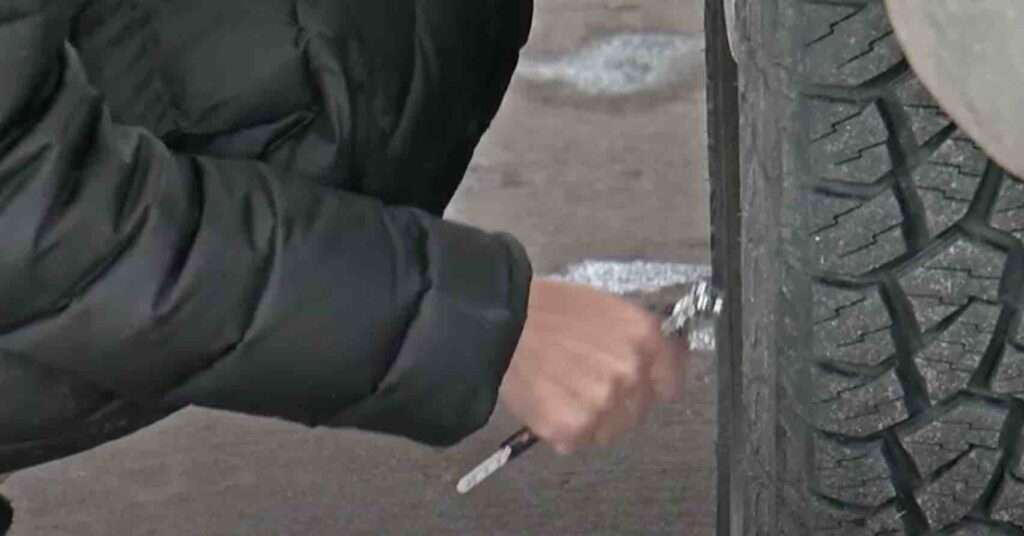
Best Practices for Tire Pressure Maintenance
Regularly checking your tire pressure is crucial. It’s best to check your tire pressure when the tires are cold, as a slight temperature change at any time can increase the tire pressure and give a false reading.
1. Regular Pressure Checks
I recommend that you check your tire pressure at least once or twice every month and before any long journey. And that is because sometimes tires can lose pressure without apparent punctures or damage, especially in cold weather when air contracts. Use a reliable tire pressure gauge for these checks to ensure accurate readings; you can get this one here if you do already have one.
2. Cold Checks
Try to measure tire pressure when your tires are ‘cold,’ meaning they haven’t been driven on for at least three hours. This is because as tires warm up from driving, the air inside them expands, and this could give you an inaccurately high-pressure reading.
4. Don’t Forget the Spare
While it might not be in regular use, your spare tire should also be checked, and you have to make sure the tire is correctly inflated and saved for when needed. This way, it’s ready to go in case any of your tires go flat or get deflated. Now let’s look at what should my tire pressure be in cold weather.
What should my tire pressure be in cold weather?
It is ideal and in your best interest to set your car tire pressure between 30 and 35 PSI; however, precision matters as optimal pressure varies with vehicular variations and temperatures. Therefore, to safely navigate winter’s unpredictable grip on you and your automobile, ‘s owner’s manual provides definitive tire pressure recommendations.
How to Handle a Tire Losing Air in Cold Weather
Handling a deflating tire in chilly weather might sound daunting. But with some straightforward steps, you can take care of it instantly.
Step-by-step Guide to Fixing a Flat Tire in Winter
Before you start, ensure you’re safely off the road and away from traffic. Then, locate the puncture, remove the object causing it (if any), and use a tire repair kit to seal the hole. Remember, this is a temporary solution – get the tire professionally repaired or replaced as soon as possible.
When to Call a Professional
While minor issues can be handled at home, it’s best to call a professional if you’re dealing with persistent deflation, large punctures, or leaks at the bead or valve.
Ensuring Tire Safety During Winter Months
Tire safety goes beyond just maintaining pressure. Regular rotations, alignments, and balancing will also help ensure your tires are in top-notch condition during the frosty season.
Preventing Tire Deflation in Winter
A proactive approach is always the best defense. Let’s look at how you can prevent tire deflation during the colder months.
Tire Care Tips for Cold Weather
Keeping your tires clean, particularly the valves and beads, can help prevent leaks. Switching to nitrogen, which is less affected by temperature changes, can also help maintain consistent pressure.
Choosing the Right Tires for Winter
Winter or snow tires are designed to perform better in cold conditions. If you live in a region with severe winters, it’s worth considering a set of these to improve performance and safety.
Conclusion
So basically, understanding why only one tire loses air in cold weather and knowing the appropriate tire pressure for such conditions are crucial for maintaining optimal performance and safety of your car while you are on the road. Various factors can lead to an air tire pressure loss during colder temperatures, including the physical properties of air, the contraction of materials, and other puncture wearing of the particular tire.
Related: 9 High End & Best Tubeless Tyre Puncture Repair Kit (Professional Tire Plug Kit)

